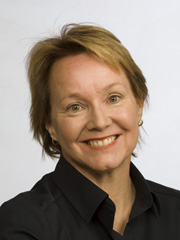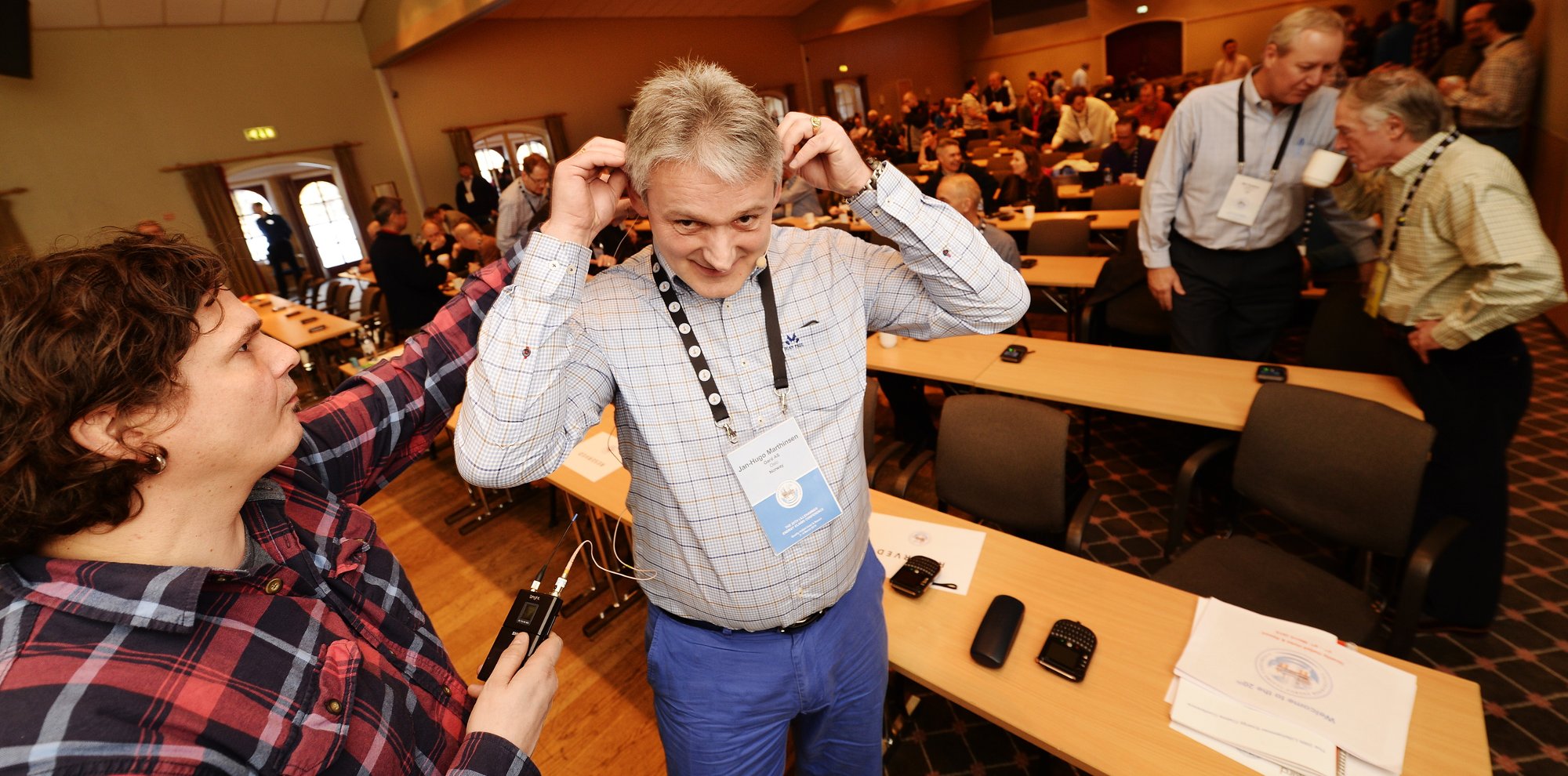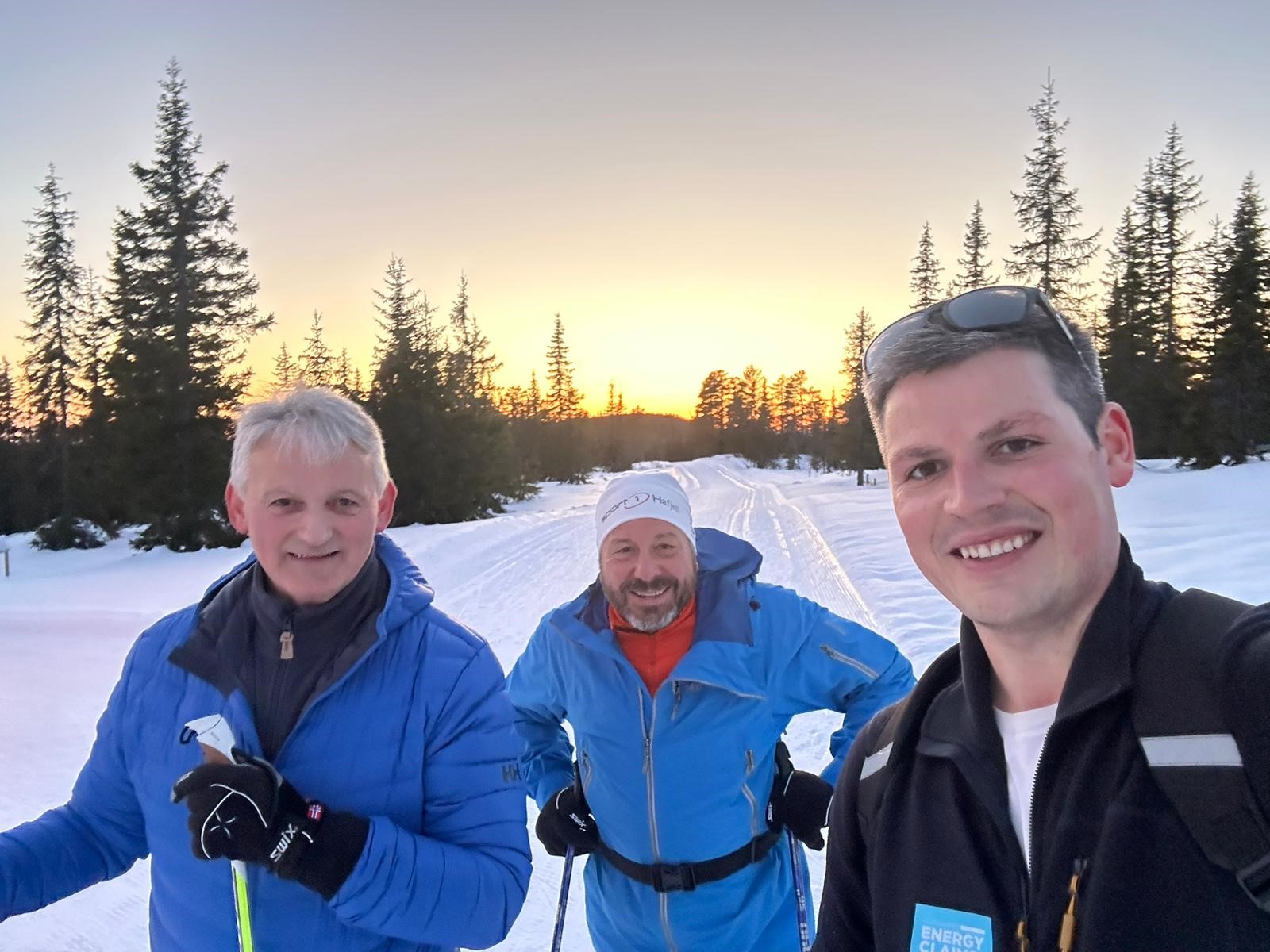After almost 30 years of pulling the strings, the man behind the Lillehammer Energy Claims Conference, Jan-Hugo Marthinsen, is now passing on the baton. What are the lessons learned, and what is in store next?

The Lillehammer Energy Claims Conference – looking back and ahead
Written by

Kim Jefferies
-
Published 05 April 2024
Jan-Hugo – as Special Adviser on Offshore and Energy in Gard, you have been involved with the Lillehammer Energy Claims Conference (LECC) for close to 30 years. Tell me what it is and how it started.
The international offshore energy market is small by number of active insurers. It involves high risks, extreme loss exposures and tailor-made solutions. Often several stakeholders are involved in the same casualty and they have different insurance solutions and lead insurers. Between 1985 and 1995 the global energy insurance market peaked and was significantly restructured. Having been involved in many big losses and working with several stakeholders on the same losses I felt that the market could benefit from more openness and consistency in resolving complex cases. I discussed the idea with others who shared my observations and agreed to the idea of gathering key people seeking to improve the market claims service performance and consistency. I brought the idea to Cefor’s offshore energy committee and got support to take it further. That led to the first Lillehammer Energy Conference in 1996.
The conference from the beginning has been held at Hafjell, in the mountains just north of Lillehammer. Lillehammer itself is a small town with less than 30,000 inhabitants. Why Hafjell and not Oslo or Bergen?
The Hafjell venue is where the successful 1994 Winter Olympics were held, and it is sufficiently remote from a city or other densely populated place to avoid distractions. The skiing opportunities made it unique and successful. We had 85 people attend the first conference in March 1996, and since then, it has grown steadily.

Jan-Hugo Marthinsen getting ready for the Lillehammer Energy Claims Conference some years ago. Photo: Asmund Hanslien, Gudbrandsdølen Dagningen
What has been Gard’s role in the organization of the conference?
The Nordic Association of Marine Insurers (CEFOR) was the host up until 2000. When Vesta and Storebrand M&E businesses merged and became part of Gard, and other Norwegian energy insurers pulled out of the business, CEFOR asked Gard to take over as host. I never received a “no” and honestly, I probably did not ask so I continued organizing the conference which grew steadily. Attendance peaked at 350 in 2015 for the conference’s 20-year anniversary.
As with all events during the pandemic, the conference was cancelled in 2020 and was replaced by a webinar in 2021 and 2022. How would you compare the webinars to a live event?
The webinars were well attended and got excellent feedback from the attendees. However, global webinars are challenging because of the different time zones. It is also more challenging to achieve interaction with the online audience and will often be one-way communication. Webinars don’t facilitate collaboration and social networking which is important to connect and build mutual trust and respect. The number of attendees last year and this year, exceeding 300 participants, is a true testament to the value of in-person attendance. It also confirms that the conference objectives of direct personal collaboration and communication between parties are treasured.
You have been chairing the organizing committee for many years. What are your reflections on the topics, any trends you’ve spotted?
We feel that it is important to learn from actual cases, so we have had presentations and discussion on several notable losses. Examples include the 2004 and 2005 U.S. Gulf of Mexico windstorms, the 2009 Siri Platform claim, and the 2010 Deepwater Horizon blowout and massive oil spill. We have also focused on the less dramatic but recurring events and lessons learned from these.
Over the almost 30 years since the first conference there have been several major changes in the offshore energy industries we insure. So, not only do we look in the mirror and back in time, we also explore what is on the horizon with new technologies, regulations, emerging risks and market changes. The energy transition, various geopolitical shifts and their impact on the energy supply chain have been key topics on the annual conference agendas since 2004. The carbon capture session this year was excellent, as was the talk by Professor Tormod Heier on geopolitical risk and international energy security.

Jan-Hugo Marthinsen, Kevin Jarman and Jake Hannath in winter wonderland at Lillehammer. Photo: Jake Hannath.
Jan-Hugo, you have now passed the baton to your Gard colleagues Radmil Kranda and Teresa Cunningham. How does it make you feel to be in the audience and not at the podium?
It's like a parent seeing the kids walking out of the house and living their own lives. I am proud of how they are taking it forward. The conference is in the very best hands for another 30 years. Just because it has been good so far doesn’t mean it should stay the same – adjustments or tweaks must be made to address new risks and the changes in the industry.
The set up with the main conference and Young LECC organizing committee has worked well, and we have been able to attract some of the best people from all the constituent groups of attendees to serve on the committee. All have put in a lot of effort to compose good agenda topics and excellent speakers and they all deserve praise for their great contributions. Their employers and colleagues also deserve credit for allowing them to spend time for the purpose.
This was the first time I attended the conference. On the bus going to snowshoeing, I sat with a young man coming from Seoul and across from a man who flew in from Sydney and a woman who attended from Milan. So – what is the “secret sauce” pulling in so many professionals from all over the world to the small town of Lillehammer?
It is a group effort. Teamwork is the recipe for success. All contributions working together like a well lubricated machine is key to deliver a positive conference experience second to none in the insurance industry. The result is a conference that is well known in all corners of the energy world, for clients, brokers, insurers and external service providers. The location is also exotic for those from warmer climates coming to a winter wonderland. Finally, it is a conference organized by the industry for the industry, where the attendees feel that they get more value than expected, both professionally and personally.
Gard wishes to thank everyone on the LEEC planning committee for their efforts and contributions to the conference.
More info: Lillehammer Energy Claims Conference


